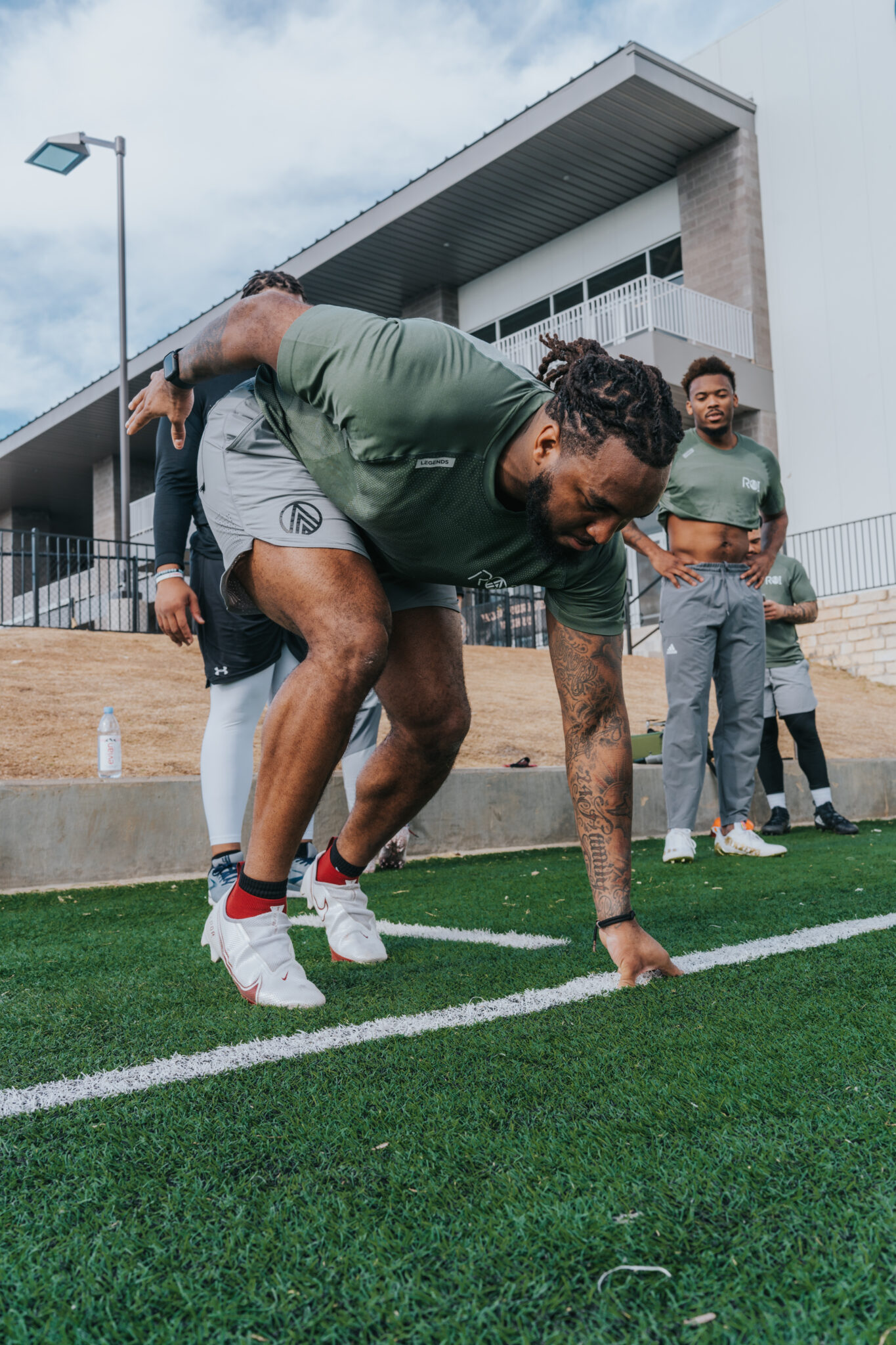Running is one of the simplest exercises that can be so beneficial for athletes. A run can burn calories in a short amount of time; it can promote weight loss and boost your metabolism. Running is an aerobic and weight-bearing exercise that helps to strengthen your heart and lungs as well as your bones and muscles. For many runners, this sport helps to reduce anxiety, releasing endorphins and relieving stress. Running has even been shown to improve cognitive function and boost energy levels.
But with running, there comes the risks of injury, pain, and overuse. Because running can put stress on joints, muscles, and bones, it’s important to ensure you’re running efficiently and pain-free. Fortunately, there are different sports therapies and experts to help with achieving great running form and function. A running analysis can include a detailed assessment of an athlete’s form, technique, and overall running performance. Read on to learn more about what to expect from a running analysis.
Make a run for it. A running analysis will often include having your gait analyzed. This can be done by running on a treadmill or by running outside and having an expert—coach, sports therapist, or trainer—observe your running form and technique. This analysis can help to identify any areas of your gait that might need adjustment or improvement.
Run the numbers. After an analysis, an expert should provide a runner with feedback on the details that make up his or her running form. Some of these factors might include foot strike, posture, arm swing, and stride length. Biomechanics come into play here as well. An analysis will revolve around measuring the body’s movement and the forces that affect it during running such as joint angles, muscle activation, and ground reaction. Factors like muscle imbalances or weaknesses can also affect running form. Analyzing all of this data can help improve an individual’s running performance.
Injury prevention is key. From footwear to training time to past injuries, focusing on many different elements of a running analysis aim to eliminate or prevent future injuries from running. Issues like shin splints, stress fractures, or tendinitis can really slow a runner down. The type of shoes that runners wear can affect running form and can also influence injury risk. In addition to that, the frequency, intensity, and duration of training sessions can impact performance and risk of injury. It’s important during a running analysis to also disclose any past injuries that can affect form and increase future risk of injuries. Injury prevention techniques such as strength training, cross training, and stretching might be recommended. The overall aim of analysis is to enhance and protect a runner’s form and experience.
Enhance your performance. After a running analysis, a professional may provide a runner with some tips on how to improve performance through things like training, pacing, and race strategy. An analysis can lead a runner to optimize form by improving stride length, reducing over-striding and bouncing, or correcting foot strike.
Get personal. By working with a trainer, coach, or sports therapist, runners can use data from a running analysis to create a personalized training plan. This kind of one-on-one training can account for a runner’s individual strengths and weaknesses. An expert can tailor a running program to address specific areas in need of improvement, leading to better overall running results.
Rehabilitate. Getting a running analysis done can be most helpful to runners who are recovering from surgery or injury. Analyzing a runner’s gait and movement patterns can help a physical therapist to design the right kind of rehabilitation plan to focus on restoring normal movement and function. This kind of rehab can help reduce risk of re-injury as well.
So many benefits. Overall, a running analysis can give a runner valuable insight into things like biomechanics, technique, and overall fitness. In turn, this can help to improve performance, prevent injuries, and achieve running goals.
Bridge the gap. At ROI one-on-one sports therapy services help to connect physical therapy and rehabilitation techniques with athletic performance. Experts at ROI focus on the movement system—the collection of cardiovascular, pulmonary, endocrine, integumentary, nervous, and musculoskeletal systems. It is the goal of the team at ROI to help each athlete move better in sports and in everyday life. Training, rehabilitation, and exercise programs are customized for every client.
Have you been running with an injury? Does it hurt to run? Or, do you want to prevent any running injuries? Reach out to ROI to discuss how a running analysis might work for you. A full running analysis can help solve problems with things like chronic pain. The experts at ROI can help to make a personalized plan for your running, recovery, and performance enhancement.
At ROI, we are committed to helping athletes discover the tools to truly enhance their performance. Learn more about all of our services and sports therapy work, or reach out to us by phone at 512-962-9141.

